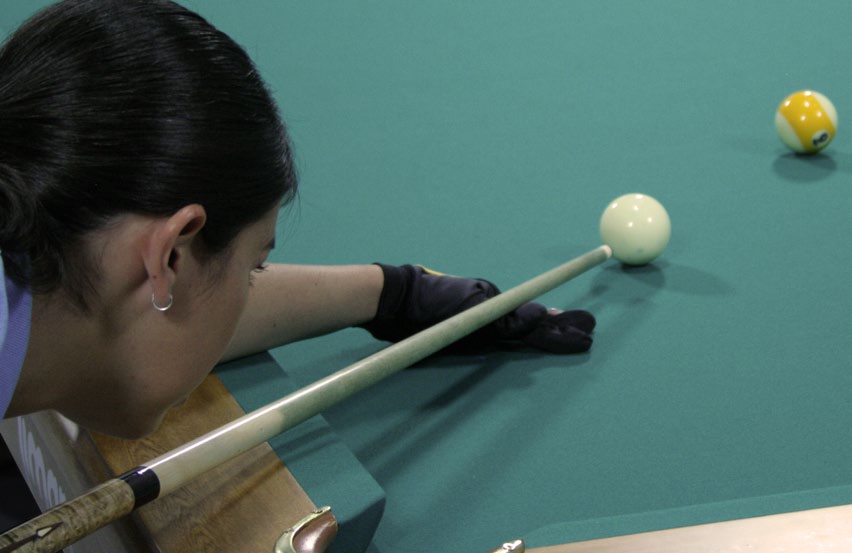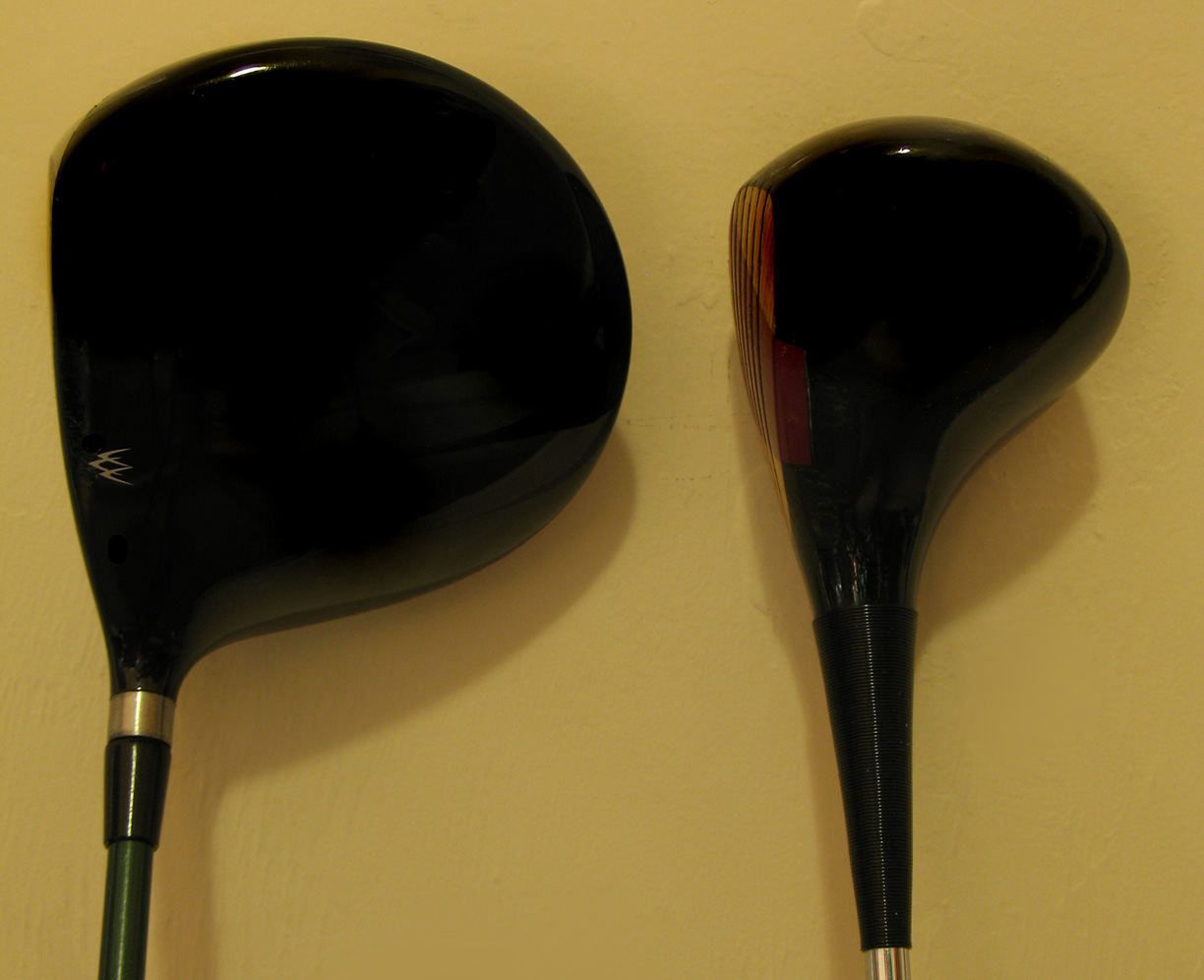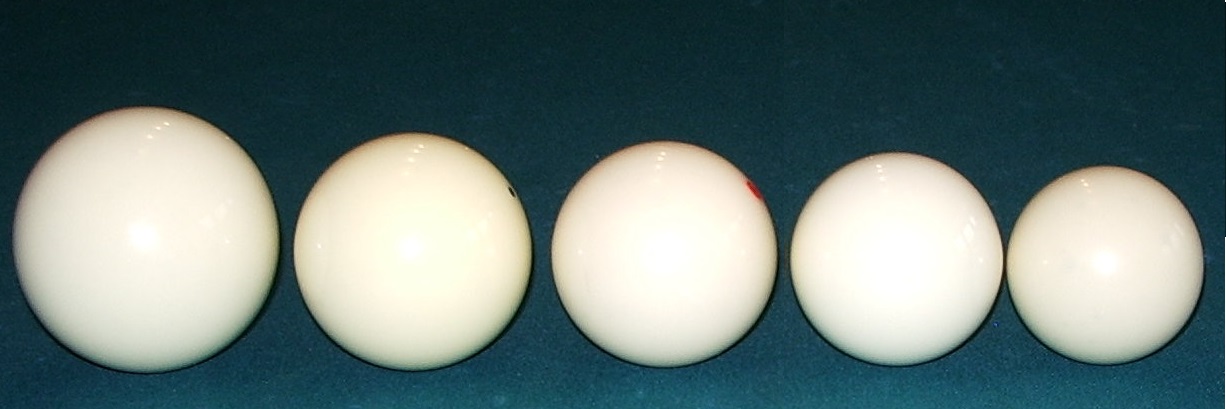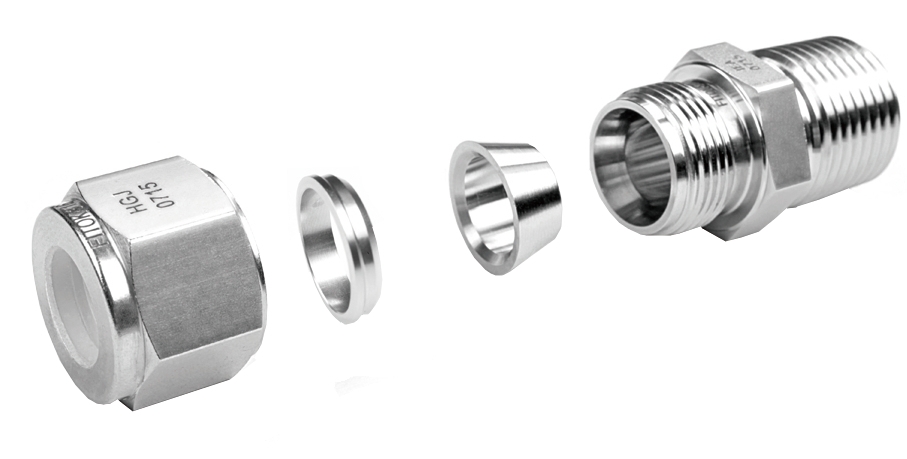|
Ferrule
A ferrule (a corruption of Latin ' "small bracelet", under the influence of ' "iron") is any of a number of types of objects, generally used for fastening, joining, sealing, or reinforcement. They are often narrow circular rings made from metal, or less commonly, plastic. Ferrules are also often referred to as eyelets or grommets within the manufacturing industry. Most ferrules consist of a circular clamp used to hold together and attach fibers, wires, or posts, generally by crimping, swaging, or otherwise deforming the ferrule to permanently tighten it onto the parts that it holds. Examples *The sleeve, usually plastic or metal, on the end of a shoelace, preventing it from unraveling (called the aglet) *The metal sleeve which is crimped to hold the eraser in place on a pencil *The metal band that binds the bristles or hair of a brush to its handle *The metal ring which holds a chisel blade's tang to its handle *In fiber optic terminations, glass or plastic fi ... [...More Info...] [...Related Items...] OR: [Wikipedia] [Google] [Baidu] |
Crimp (joining)
Crimping is a method of joining two or more pieces of metal or other Ductility, ductile material by Deformation (engineering), deforming one or both of them to hold the other. The bend or deformity is called the crimp. Crimping tools are used to create crimps. Crimping is used extensively in metalworking, including to contain bullets in cartridge (weaponry), cartridge cases, for Crimp connection, electrical connections, and for securing lids on canning, metal food cans. Because it can be a cold-working technique, crimping can also be used to form a strong bond between the workpiece and a non-metallic component. It is also used to connect two pieces of food dough. Tools A crimping tool or crimp tool is used to create crimps. Crimping tools range in size from small handheld devices, to benchtop machines used for industrial purposes, to large fully-automatic wire processing machines for high-volume production. For electrical crimps, a wide variety of crimping tools exist, and the ... [...More Info...] [...Related Items...] OR: [Wikipedia] [Google] [Baidu] |
Cue Stick
A cue stick (or simply cue, more specifically billiards cue, pool cue, or snooker cue) is an item of sporting equipment essential to the games of pool, snooker and carom billiards. It is used to strike a ball, usually the . Cues are tapered sticks, typically about 57–59 inches (about 1.5 m) long and usually between 16 and 21 ounces (450–600 g), with professionals gravitating toward a 19-ounce (540 g) average. Cues for carom tend toward the shorter range, though cue length is primarily a factor of player height and arm length. Most cues are made of wood, but occasionally the wood is covered or bonded with other materials including graphite, carbon fiber or fiberglass. An obsolete term for a cue, used from the 16th to early 19th centuries, is billiard stick. History The predecessor of the cue was the mace, a lightweight implement resembling a golf club, with a foot designed primarily for shoving rather than striking the cue ball. When the ball was ... [...More Info...] [...Related Items...] OR: [Wikipedia] [Google] [Baidu] |
Golf Club
A golf club is a club used to hit a golf ball in a game of golf. Each club is composed of a shaft with a grip and a club head. Woods are mainly used for long-distance fairway or tee shots; irons, the most versatile class, are used for a variety of shots; hybrids that combine design elements of woods and irons are becoming increasingly popular; putters are used mainly on the green to roll the ball into the hole. A set of clubs is limited by the rules of golf to a maximum of 14 golf clubs, and while there are traditional combinations sold at retail as matched sets, players are free to use any combination of legal clubs. The most significant difference between clubs of the same type is ''loft'', or the angle between the club's face and the vertical plane. It is loft that is the primary determinant of the ascending trajectory of the golf ball, with the tangential angle of the club head's swing arc at impact being a secondary and relatively minor consideration (though these small ch ... [...More Info...] [...Related Items...] OR: [Wikipedia] [Google] [Baidu] |
Cue Sports
Cue sports are a wide variety of Game of skill, games of skill played with a cue stick, which is used to strike billiard balls and thereby cause them to move around a Baize, cloth-covered billiards table, table bounded by elastic bumpers known as . Cue sports, a category of List of stick sports, stick sports, may collectively be referred to as billiards, though this term has more specific connotations in some List of dialects of English, English dialects. There are three major subdivisions of games within cue sports: *Carom billiards, played on tables without , typically ten feet in length, including straight rail, balkline, one-cushion carom, three-cushion billiards, artistic billiards, and Four-ball billiards, four-ball *Pool (cue sports), Pocket billiards (or pool), played on six-pocket tables of seven, eight, nine, or ten-foot length, including among others eight-ball (the world's most widely played cue sport), nine-ball (the dominant professional game), ten-ball, straight ... [...More Info...] [...Related Items...] OR: [Wikipedia] [Google] [Baidu] |
Pencil
A pencil () is a writing or drawing implement with a solid pigment core in a protective casing that reduces the risk of core breakage and keeps it from marking the user's hand. Pencils create marks by physical abrasion, leaving a trail of solid core material that adheres to a sheet of paper or other surface. They are distinct from pens, which dispense liquid or gel ink onto the marked surface. Most pencil cores are made of graphite powder mixed with a clay binder. Graphite pencils (traditionally known as "lead pencils") produce grey or black marks that are easily erased, but otherwise resistant to moisture, most solvents, ultraviolet radiation and natural aging. Other types of pencil cores, such as those of charcoal, are mainly used for drawing and sketching. Coloured pencils are sometimes used by teachers or editors to correct submitted texts, but are typically regarded as art supplies, especially those with cores made from wax-based binders that tend to smear whe ... [...More Info...] [...Related Items...] OR: [Wikipedia] [Google] [Baidu] |
Compression Fitting
A compression fitting is a fitting used in plumbing and electrical conduit systems to join two tubes or thin-walled pipes together. In instances where two pipes made of dissimilar materials are to be joined (most commonly PVC and copper), the fittings will be made of one or more compatible materials appropriate for the connection. Compression fittings for attaching tubing (piping) commonly have compression rings, called ''ferrules'' (American English) or ''olives'' (British English), in them, and are sometimes referred to as flareless fittings. There are also flare fittings that do not require ferrules/olives. Compression fittings are used extensively in hydraulic, gas, and water systems to enable the connection of tubing to threaded components like valves and tools. Compression fittings are suited to a variety of applications, such as plumbing systems in confined spaces where copper pipe would be difficult to solder without creating a fire hazard, and extensively in hydrau ... [...More Info...] [...Related Items...] OR: [Wikipedia] [Google] [Baidu] |
Aglet
An aglet ( ) or aiglet is a small sheath, often made of plastic or metal, attached at each end of a shoelace, a cord, or a drawstring. An aglet keeps the fibers of the lace or cord from unraveling; its firmness and narrow profile make it easier to hold and easier to feed through eyelets, lugs, or other lacing guides. Etymology The word ''aglet'' and its variant ''aiglet'' come from the Middle French and Old French word ', the diminutive of ', meaning "needle, pin", which in turn comes from the Late Latin ' ("ornamental pin, pine needle"), diminutive of ''acus'', the Latin word for a needle or pin.Picken, Mary Brooks: ''The Fashion Dictionary'', Funk and Wagnalls, 1957. (1973 edition ) History Aglets were originally made of metal, glass, or stone, and many were very ornamental. Wealthy people in the Roman era would have their aglets made out of precious metals such as brass or silver. Before the invention of buttons, they were used on the ends of the ribbons used to fast ... [...More Info...] [...Related Items...] OR: [Wikipedia] [Google] [Baidu] |
Ice Axe
An ice axe is a multi-purpose hiking and climbing tool used by mountaineers in both the ascent and descent of routes that involve snow or ice covered (e.g. ice climbing or mixed climbing) conditions. Its use depends on the terrain: in its simplest role it is used like a walking stick, with the mountaineer holding the head in the center of their uphill hand. On steep terrain it is swung by its handle and embedded in snow or ice for security and an aid to traction. It can also be buried pick down, the rope tied around the shaft to form a secure anchor on which to bring up a second climber, or buried vertically to form a stomp belay. The adze is used to cut footholds, as well as scoop out compacted snow to bury the axe as a belay anchor. History The ice axe of today has its roots in the long-handled alpenstock that came before it. Not only is an ice axe used as a climbing aid, but also as a means of self-arrest in the event of a slip downhill. Most ice axes meet design a ... [...More Info...] [...Related Items...] OR: [Wikipedia] [Google] [Baidu] |
Dentistry
Dentistry, also known as dental medicine and oral medicine, is the branch of medicine focused on the Human tooth, teeth, gums, and Human mouth, mouth. It consists of the study, diagnosis, prevention, management, and treatment of diseases, disorders, and conditions of the mouth, most commonly focused on dentition (the development and arrangement of teeth) as well as the oral mucosa. Dentistry may also encompass other aspects of the craniofacial complex including the temporomandibular joint. The practitioner is called a dentist. The history of dentistry is almost as ancient as the history of humanity and civilization, with the earliest evidence dating from 7000 BC to 5500 BC. Dentistry is thought to have been the first specialization in medicine which has gone on to develop its own accredited degree with its own specializations. Dentistry is often also understood to subsume the now largely defunct medical specialty of stomatology (the study of the mouth and its disorders and dis ... [...More Info...] [...Related Items...] OR: [Wikipedia] [Google] [Baidu] |
Bow (music)
In music, a bow () is a tensioned stick which has hair (usually horse-tail hair) coated in rosin (to facilitate friction) affixed to it. It is moved across some part (generally some type of strings) of a musical instrument to cause vibration, which the instrument emits as sound. The vast majority of bows are used with string instruments, such as the violin, viola, cello, and bass, although some bows are used with musical saws and other bowed idiophones. Materials and manufacture A bow consists of a specially shaped stick with other material forming a ribbon stretched between its ends, which is used to stroke the string and create sound. Different musical cultures have adopted various designs for the bow. For instance, in some bows a single cord is stretched between the ends of the stick. In the Western tradition of bow making—bows for the instruments of the violin and viol families—a hank of horsehair is normally employed. The manufacture of bows is considered a demandi ... [...More Info...] [...Related Items...] OR: [Wikipedia] [Google] [Baidu] |
Bow Frog
The bow frog is the end part of a stringed musical instrument's bow that encloses the mechanism responsible for tightening and holding the bow hair ribbon. Most of the bow frogs used in today's classical bows are made of ebony; some synthetic bows have frogs made with materials that imitate ebony, while Baroque bows use frogs made with various woods. Etymology and names The origin of the name ''frog'' is unknown, although it may derive from the use of the frock, the small device that bow makers use to shape it. It is also referred to as the "heel" or "nut" of the bow. The German equivalent ''Frosch'' is the literal equivalent of "frog," while in French and Italian the equivalent of "heel" is used (''talon'' and ''tallone''). French also uses ''hausse''. The foreign language terms sometimes appear in musical instructions, such as ''au talon'', indicating to play with the bow near the frog. However, the English term is also used, such as in the Alfred edition of George Gers ... [...More Info...] [...Related Items...] OR: [Wikipedia] [Google] [Baidu] |
Fiber Optic
An optical fiber, or optical fibre, is a flexible glass or plastic fiber that can transmit light from one end to the other. Such fibers find wide usage in fiber-optic communications, where they permit transmission over longer distances and at higher bandwidths (data transfer rates) than electrical cables. Fibers are used instead of metal wires because signals travel along them with less loss and are immune to electromagnetic interference. Fibers are also used for illumination and imaging, and are often wrapped in bundles so they may be used to carry light into, or images out of confined spaces, as in the case of a fiberscope. Specially designed fibers are also used for a variety of other applications, such as fiber optic sensors and fiber lasers. Glass optical fibers are typically made by drawing, while plastic fibers can be made either by drawing or by extrusion. Optical fibers typically include a core surrounded by a transparent cladding material with a lower index ... [...More Info...] [...Related Items...] OR: [Wikipedia] [Google] [Baidu] |








